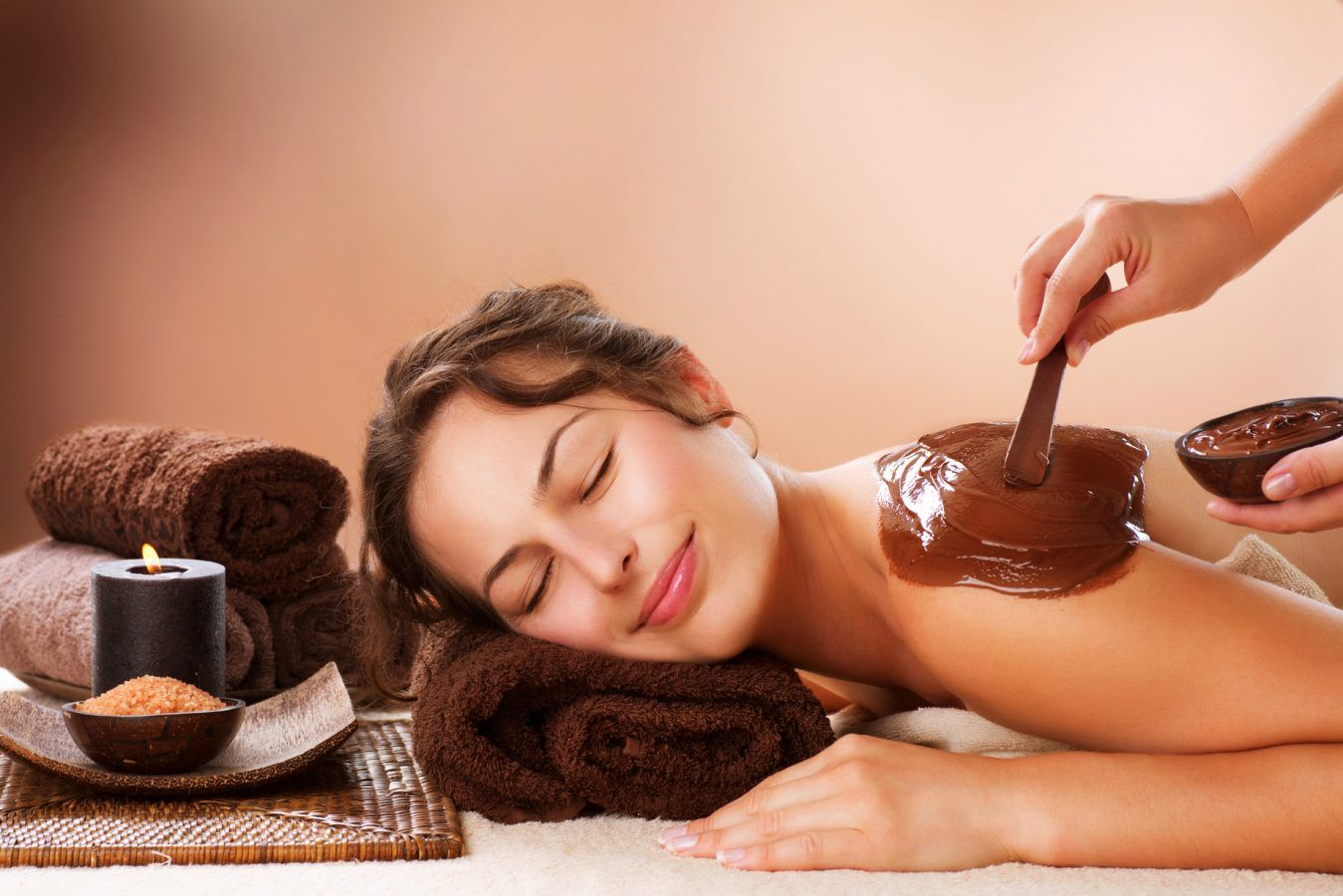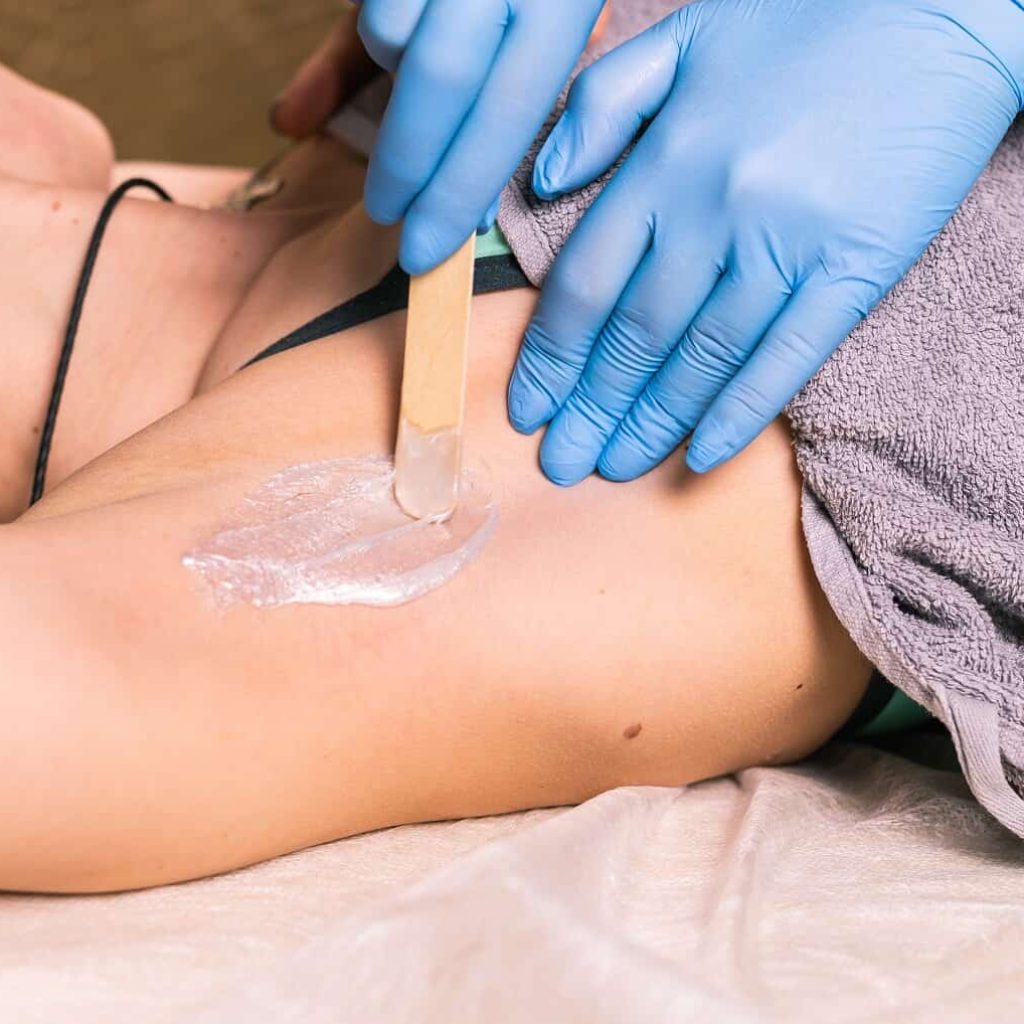Mastering the Art of Shaving: Essential Tips for a Pain-free Hair Removal Experience
In the realm of personal pet grooming, grasping the art of waxing is an ability that can significantly improve one's hair removal experience. The procedure of shaving, though effective in accomplishing smooth skin, can commonly be connected with discomfort and pain if not carried out correctly. By comprehending and implementing important tips, individuals can browse this hair elimination strategy easily and very little pain. From pre-waxing prep work to choosing the right wax and understanding correct waxing methods, the journey to a pain-free waxing experience is paved with understanding and proficiency.
Pre-Waxing Prep Work
Prior to going through a waxing session, it is important to properly prepare your skin to decrease discomfort and attain ideal hair elimination results. Avoid hydrating on the day of your waxing session as it can produce an obstacle between the wax and your hair, leading to less successful results.
Additionally, it is essential to clean your skin thoroughly before waxing to get rid of any type of oils, lotions, or dust that can interfere with the wax's capability to hold the hair. This step not just improves the efficiency of the shaving process but also helps in reducing the threat of post-waxing breakouts - Laser Hair Removal. By adhering to these pre-waxing preparation actions, you can ensure a smoother and much more comfy hair removal experience

Picking the Right Wax
Selecting the appropriate type of wax is crucial for making certain a comfortable and successful hair elimination process. There are several kinds of waxes readily available, each dealing with different skin types and hair structures. Both main categories of wax are tough wax and soft wax. Hard wax appropriates for delicate locations like the face, underarms, and swimsuit line as it adheres only to the hair, making it much less uncomfortable for these fragile areas. On the other hand, soft wax is suitable for bigger areas like legs and arms as it is used very finely and gotten rid of with cloth strips.
When choosing a wax, consider your skin level of sensitivity, hair thickness, and the location you plan to wax. Rugged hair may need a wax especially created for solid hair elimination.
Proper Waxing Method
To start, it is crucial to clean the skin thoroughly prior to using the wax. In addition, constantly make certain that the wax is heated to the appropriate temperature level to avoid burns or inefficient hair elimination. Using the wax in the instructions of hair development and eliminating it against the hair growth helps to make sure that the hair is pulled from the origin, resulting in smoother and longer-lasting results.
In addition, utilizing small areas of wax at once and pressing securely on the wax strip before removal can aid enhance the effectiveness of the process. Last but not least, keep in mind to use gentle stress on the skin after waxing to lower and soothe any type of pain inflammation. By following these proper waxing methods, you can attain a much more successful and pleasant hair removal experience.
Aftercare Tips

Furthermore, it's advisable to avoid from tasks that might trigger too much sweating, such as extreme workouts, instantly Find Out More after waxing to avoid more irritation. Applying a chilly compress or aloe vera gel can assist lower inflammation if any type of redness or bumps linger after waxing. Adhering to these aftercare tips faithfully can make sure a efficient and comfy waxing experience with durable outcomes

Troubleshooting Common Issues
Attending to common concerns that might emerge during the shaving process is important to guaranteeing a successful and smooth hair removal experience. One common issue is skin irritation, which can occur as a result of sensitive skin or incorrect shaving techniques. To relieve this, making use of a comforting cream consisting of aloe vera or chamomile post-waxing can assist relax the skin. One more concern is in-grown hairs, where hair swirls back or expands sideways right into the skin after waxing. Routine peeling with a mild scrub can protect against ingrown hairs by eliminating dead skin cells and allowing hair to expand freely. Furthermore, if you experience wounding or redness after waxing, applying a cool compress can minimize inflammation and calm the skin. Finally, if you observe uneven hair removal or spots of missed hair, consider changing your waxing method or looking for specialist help for more elaborate areas. By dealing with these typical waxing issues proactively, you can boost the general effectiveness and convenience of your hair elimination routine.
Conclusion
In final thought, mastering the art of shaving calls for proper prep work, choosing the best wax, using the appropriate technique, and complying with aftercare suggestions. By following these important pointers, individuals can accomplish a painless hair removal experience. Laser Hair Removal. It is essential to fix typical problems that might emerge during the shaving procedure to make sure a successful and comfortable outcome. With technique find more information and attention to detail, waxing can be an effective hair elimination method.
Moreover, it is important to clean your skin thoroughly before waxing to remove any type of oils, lotions, or dust that could interfere with the wax's ability to grasp the hair. The 2 main groups of wax are difficult wax and soft wax.When choosing a wax, consider your skin sensitivity, hair density, and the location you intend to wax.In addition, using little areas of wax at a time and pressing strongly on the wax strip prior to removal can assist enhance the effectiveness of the process. After waxing, it's essential to keep the waxed location tidy and free from toxic irritants.